Real problems. Real technology. Real solutions.
Real problems. Real technology. Real solutions.
The National Science Foundation had an ambitious goal: create an entire new generation of battery engineers in Upstate New York—focused specifically on Syracuse, Rochester, and Binghamton.
They tapped Budmen Industries to find a way to activate the youth in those cities and get them deeply engaged in solving energy problems.
We started with a question: Where are there energy problems in students' communities?

When your phone dies, it's not inconvenient. It can be dangerous.
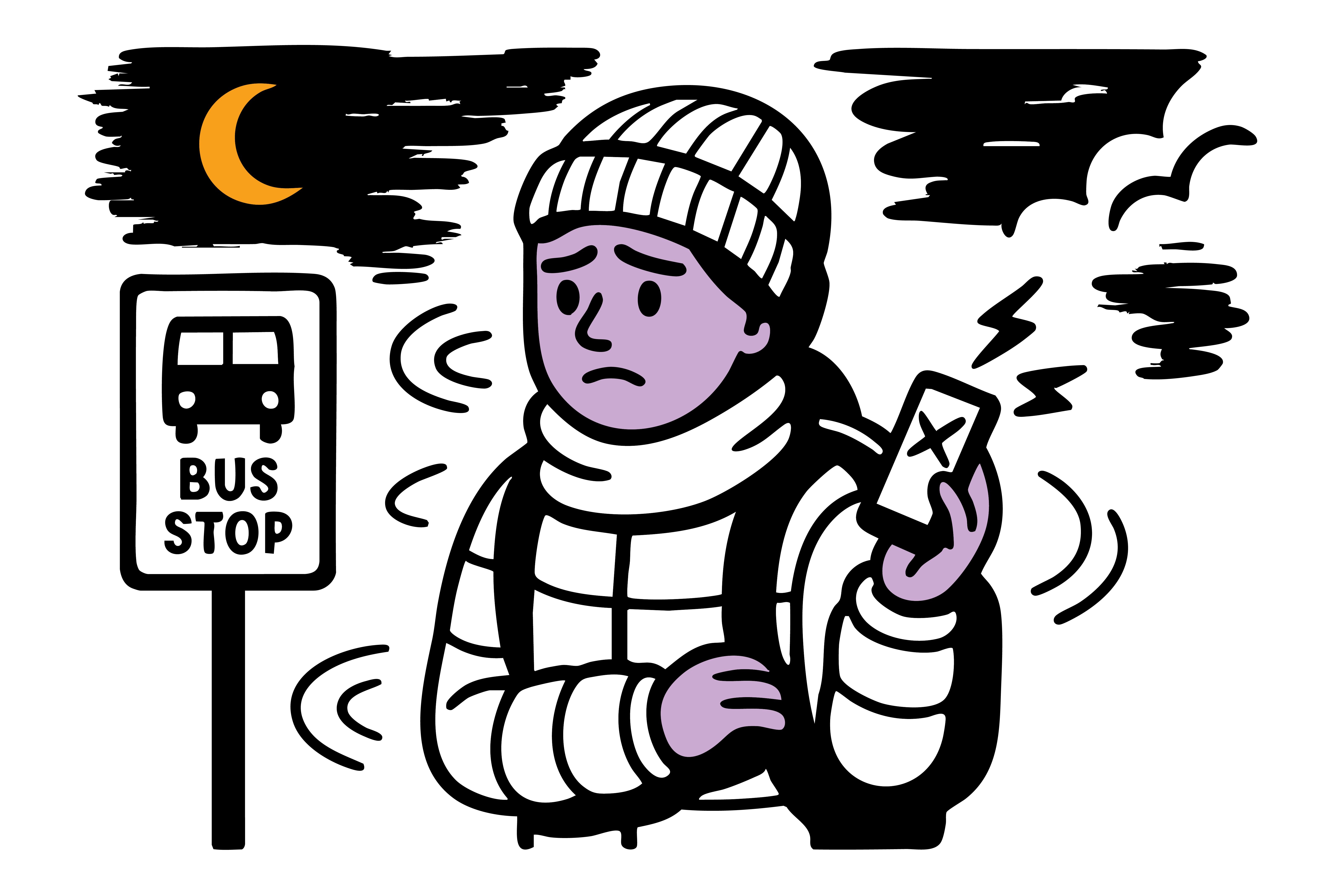
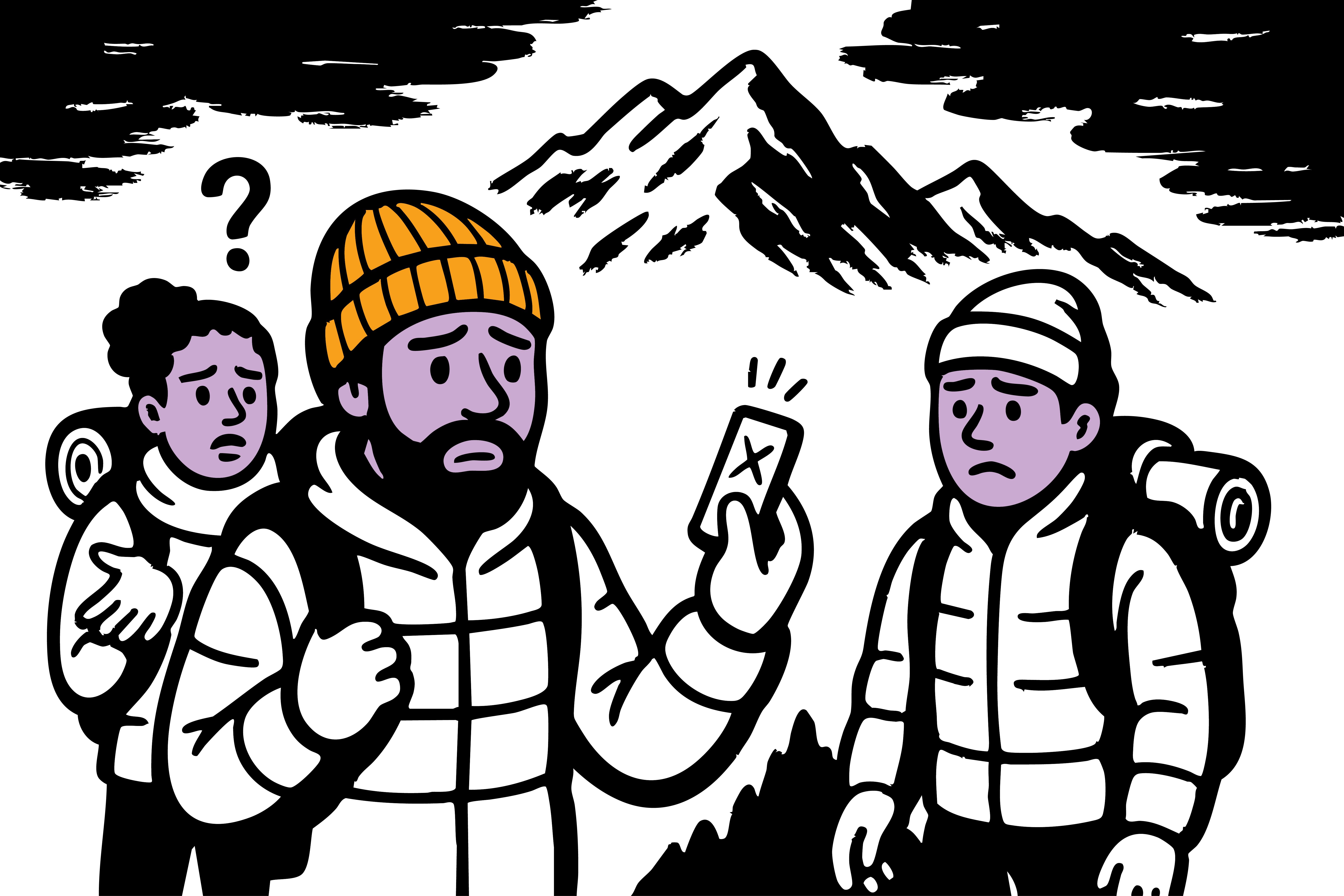
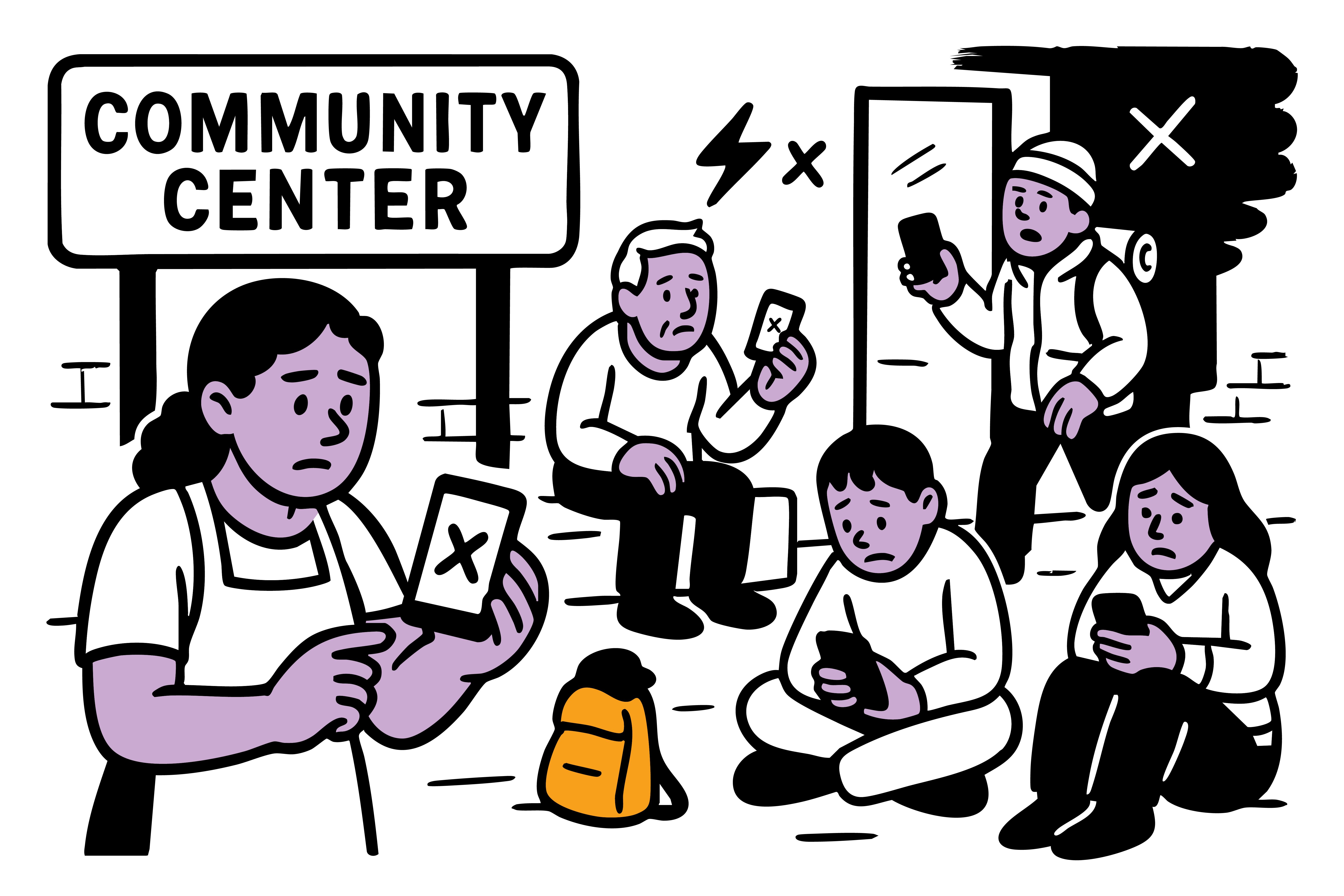
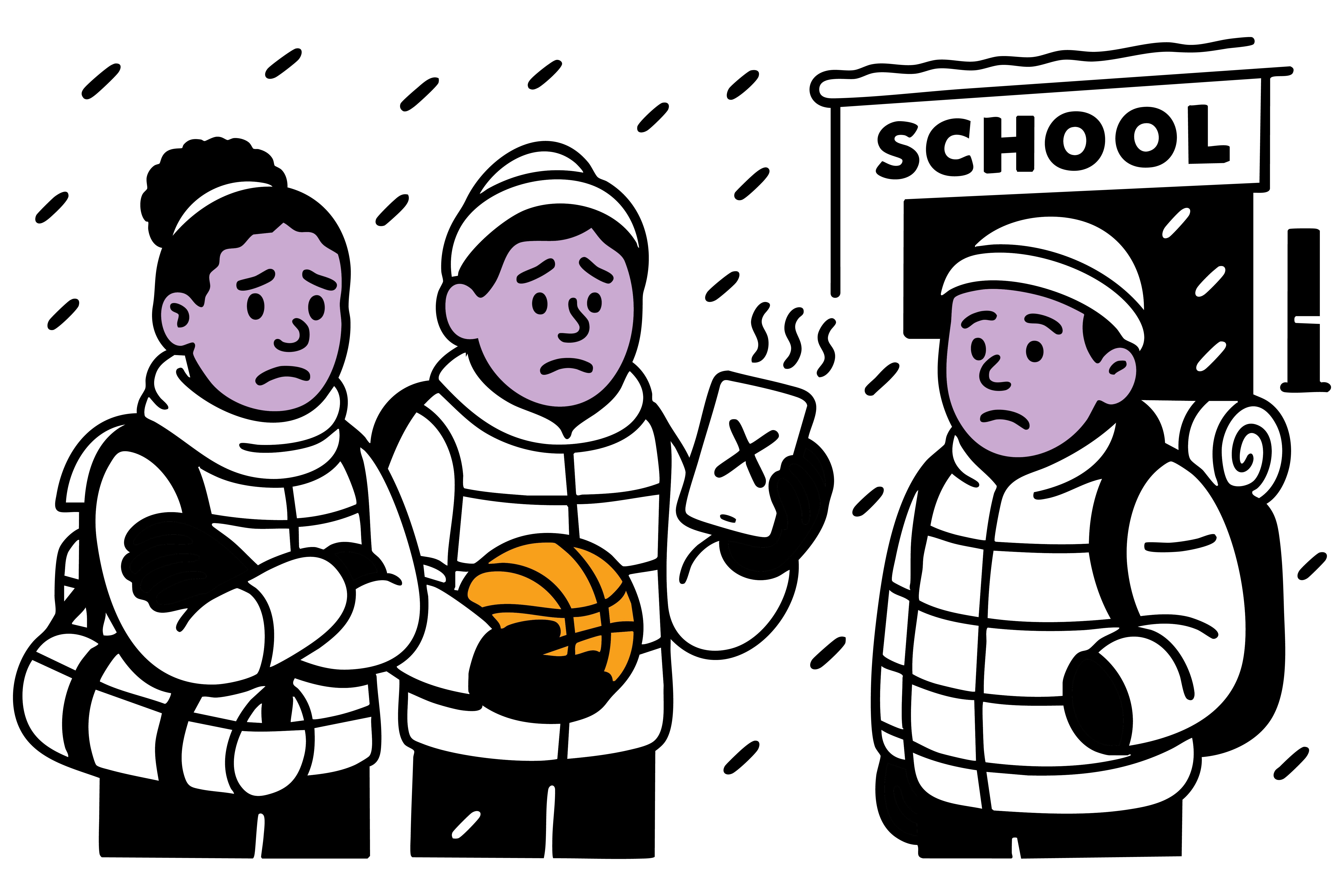
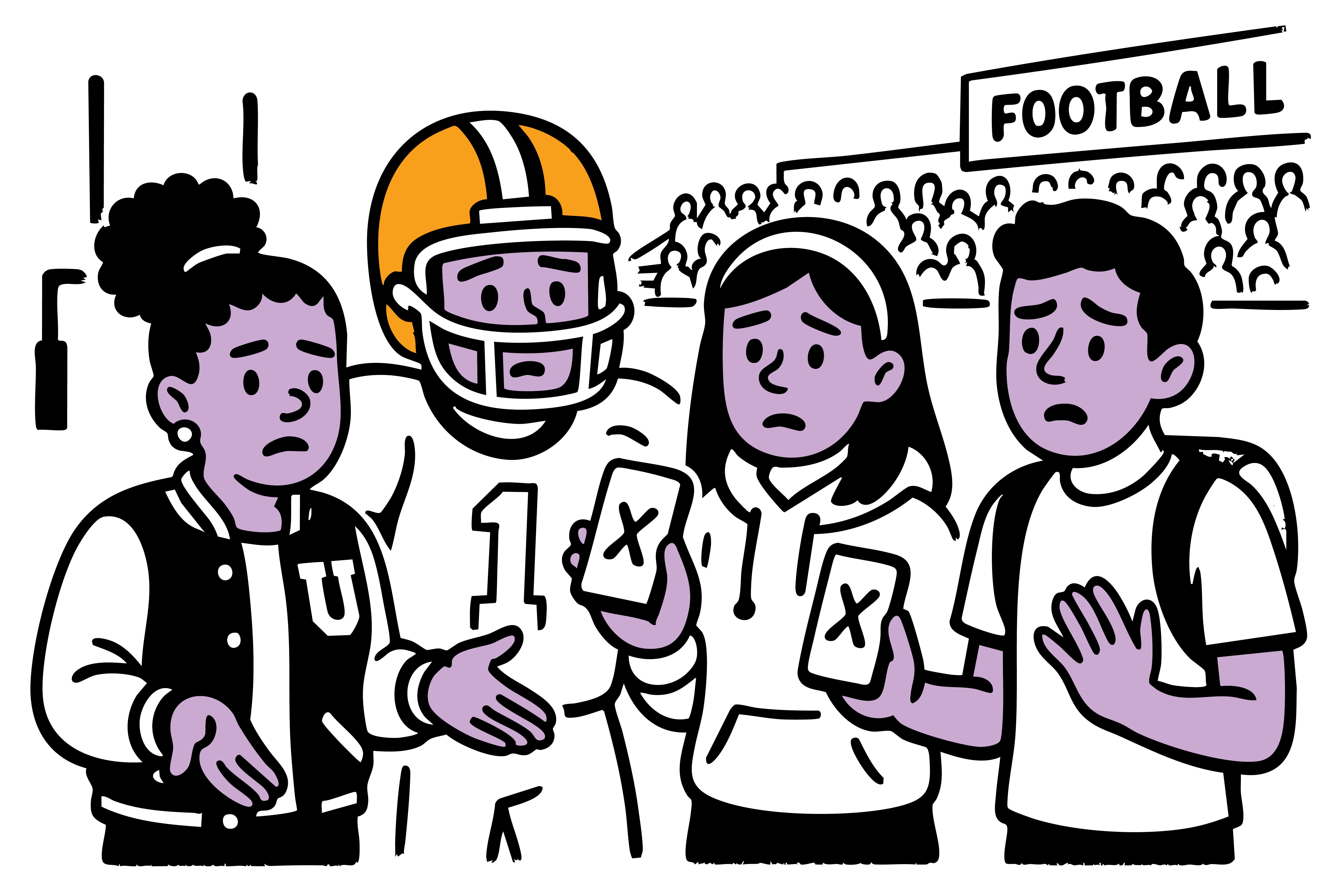
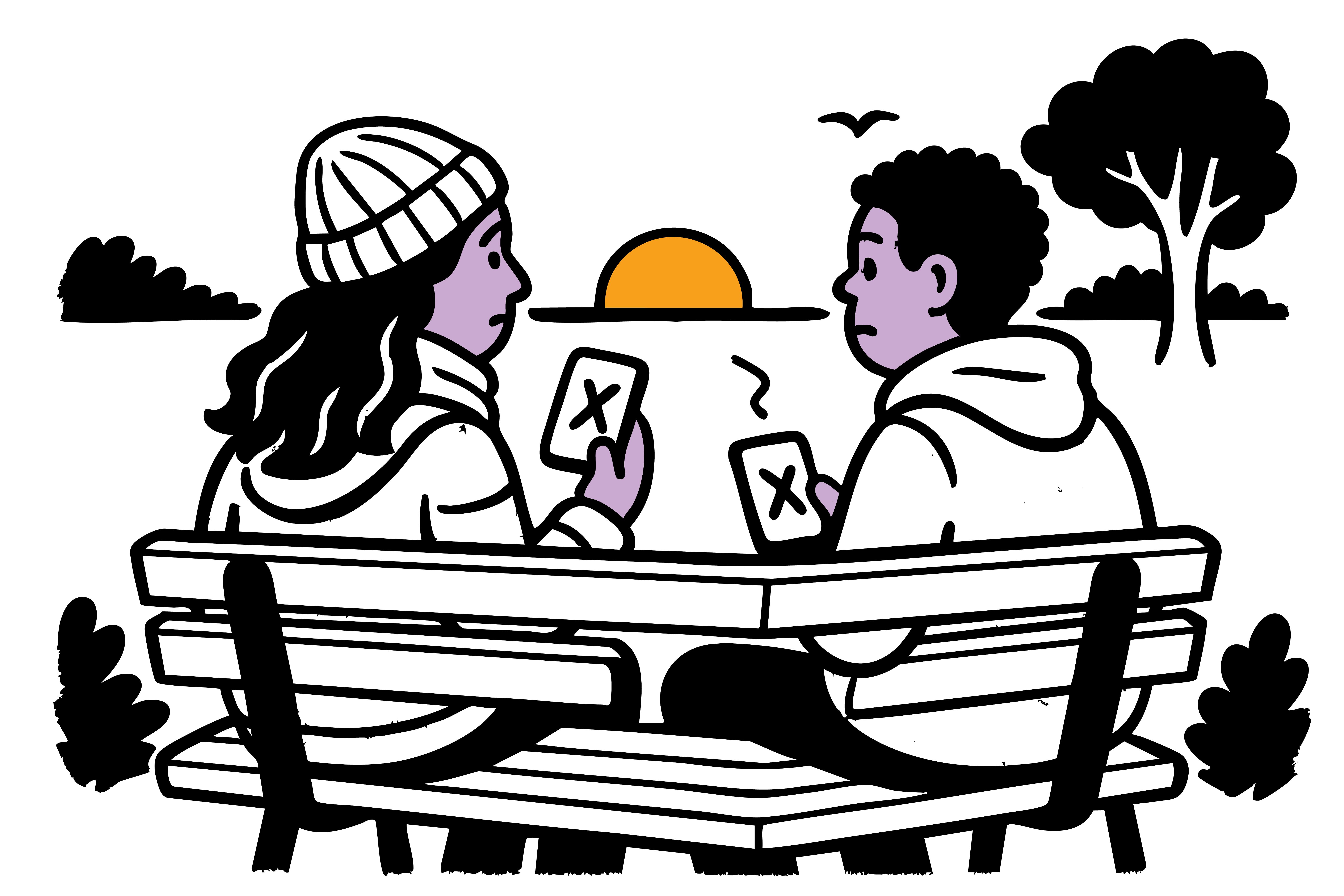
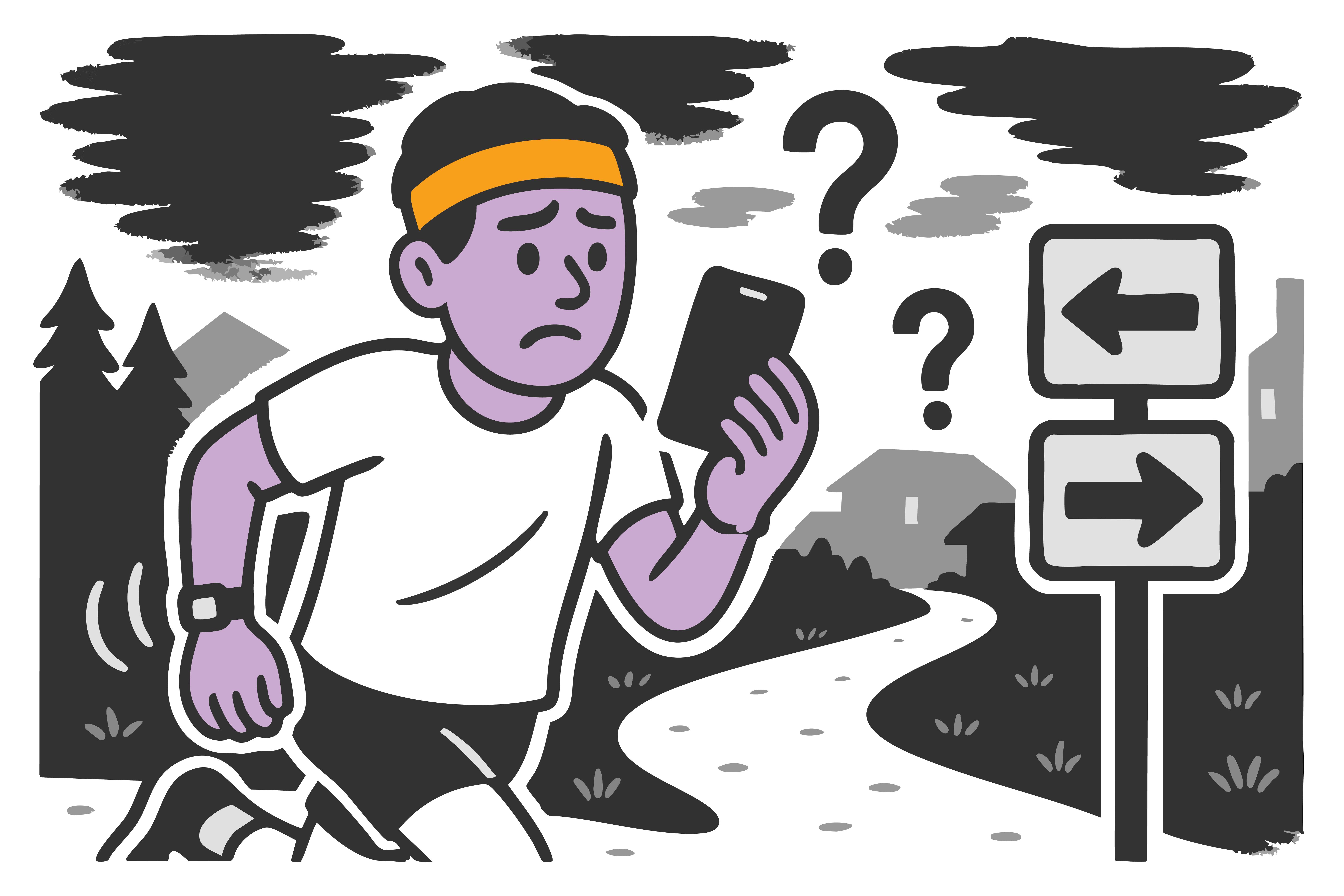
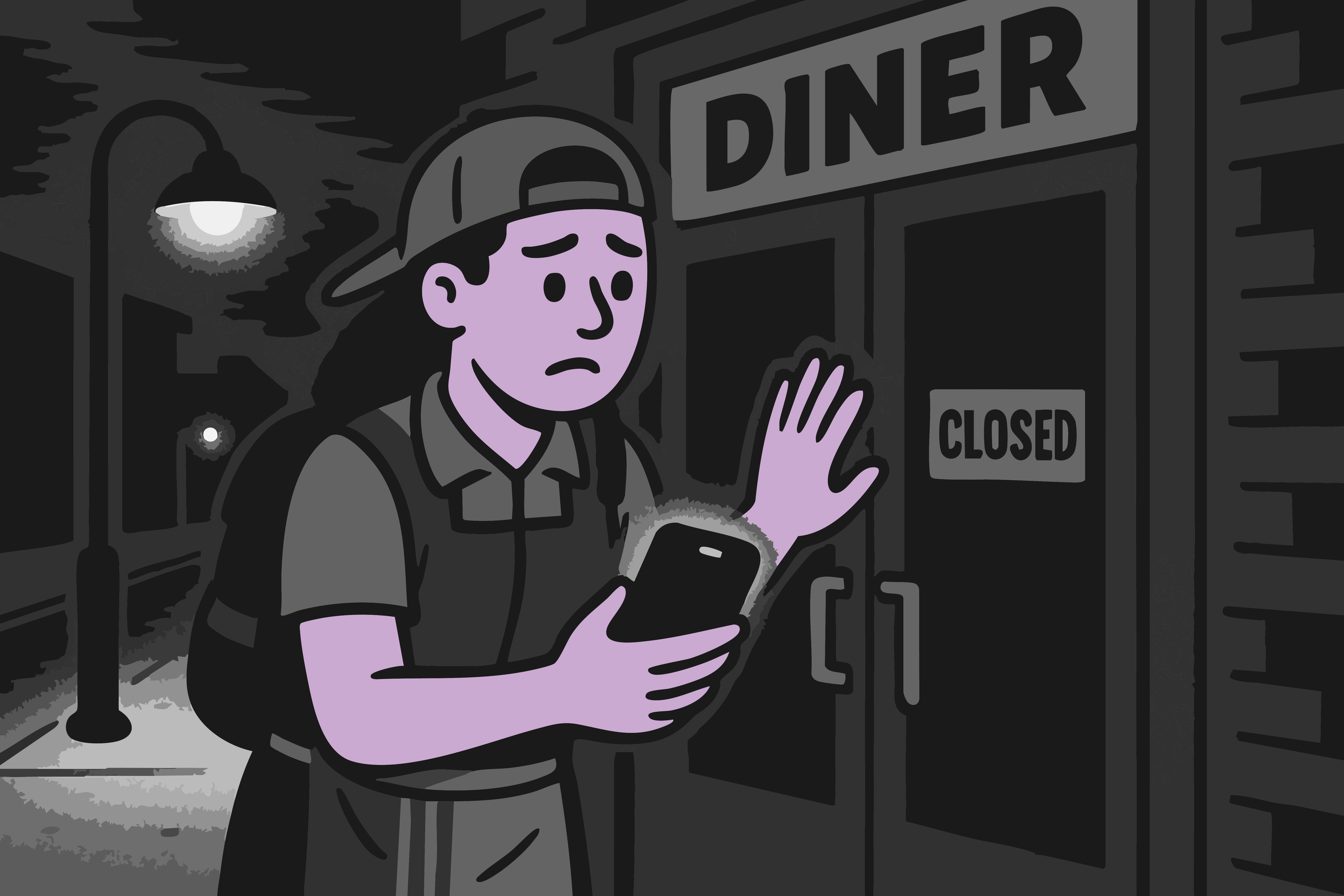
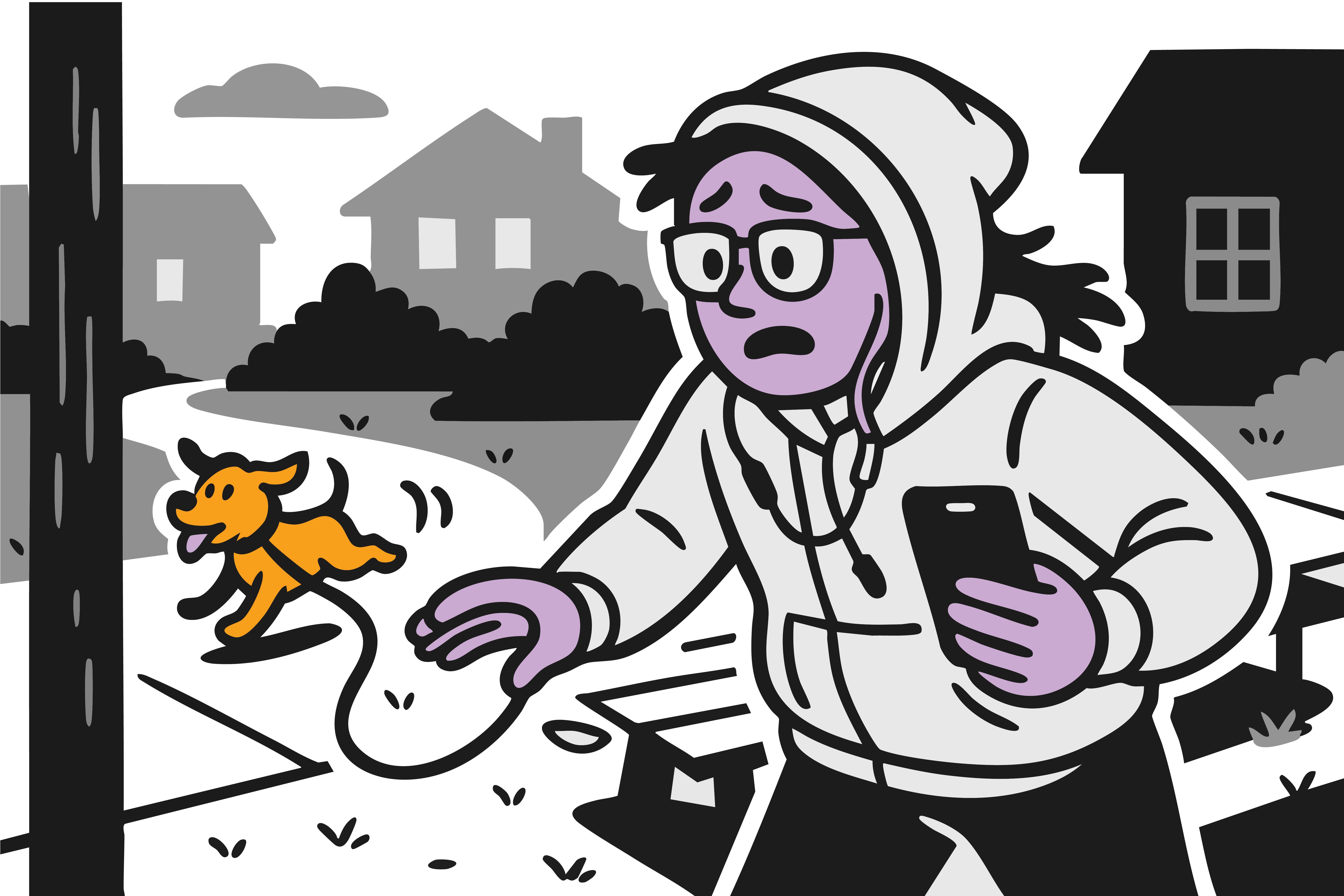
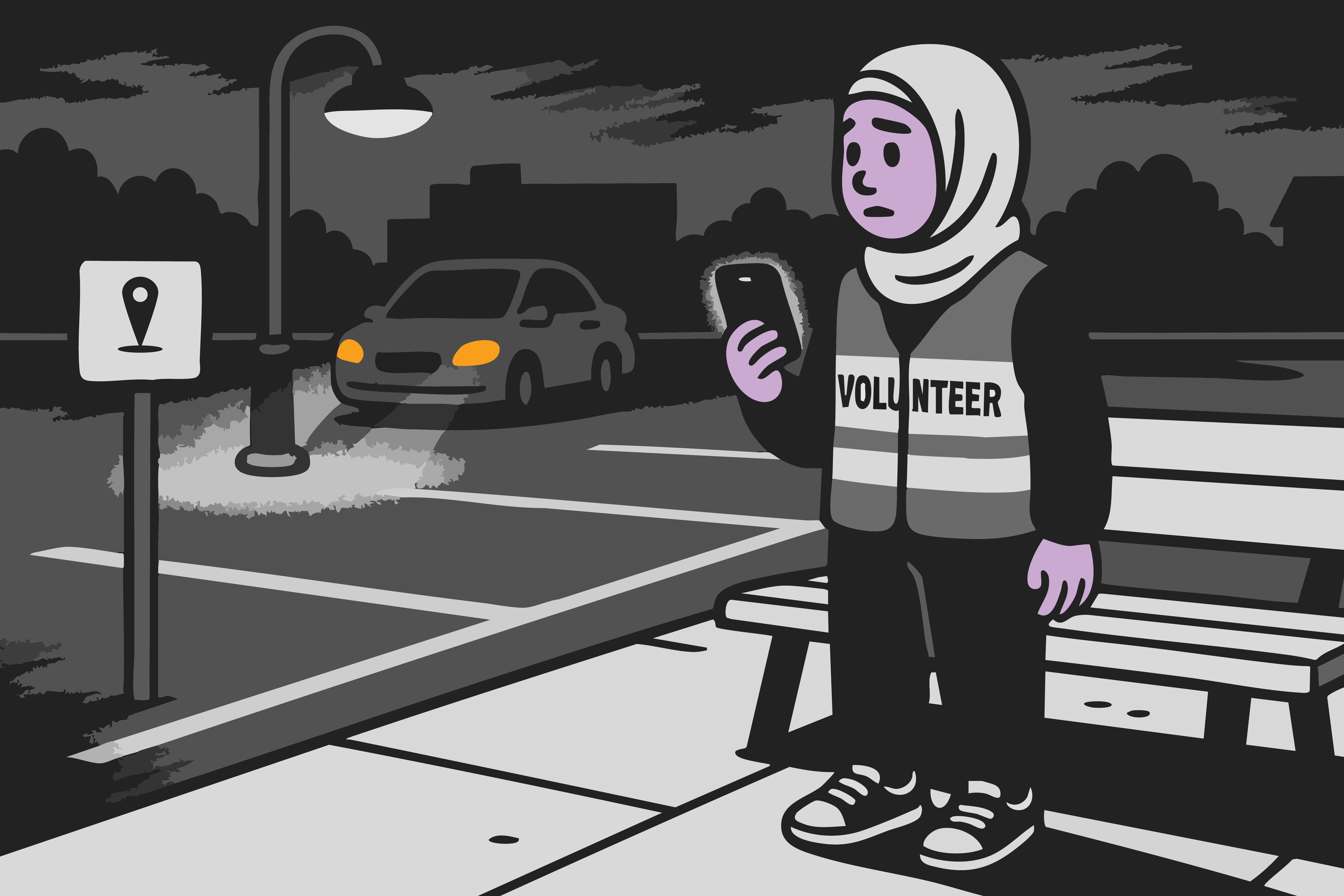
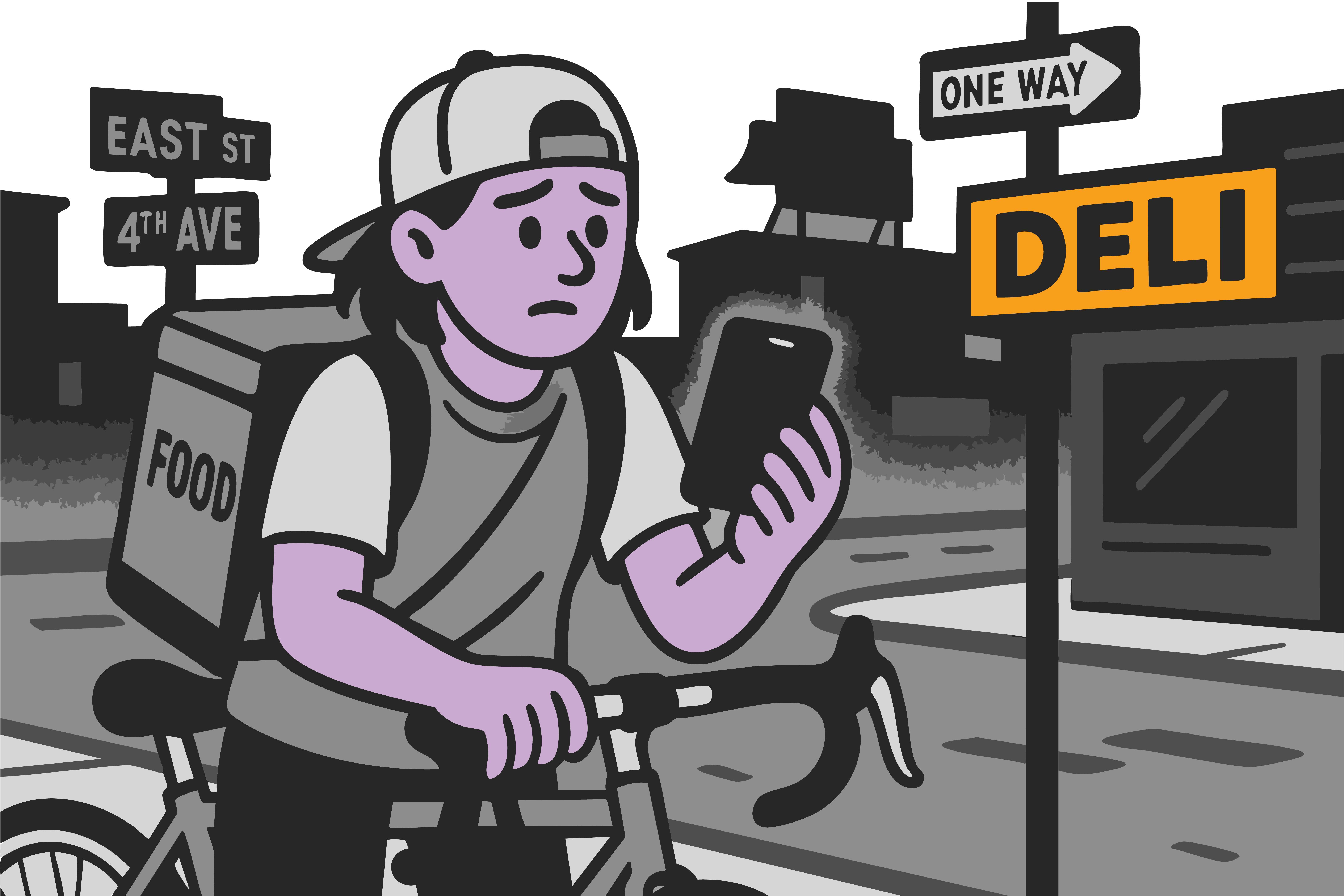
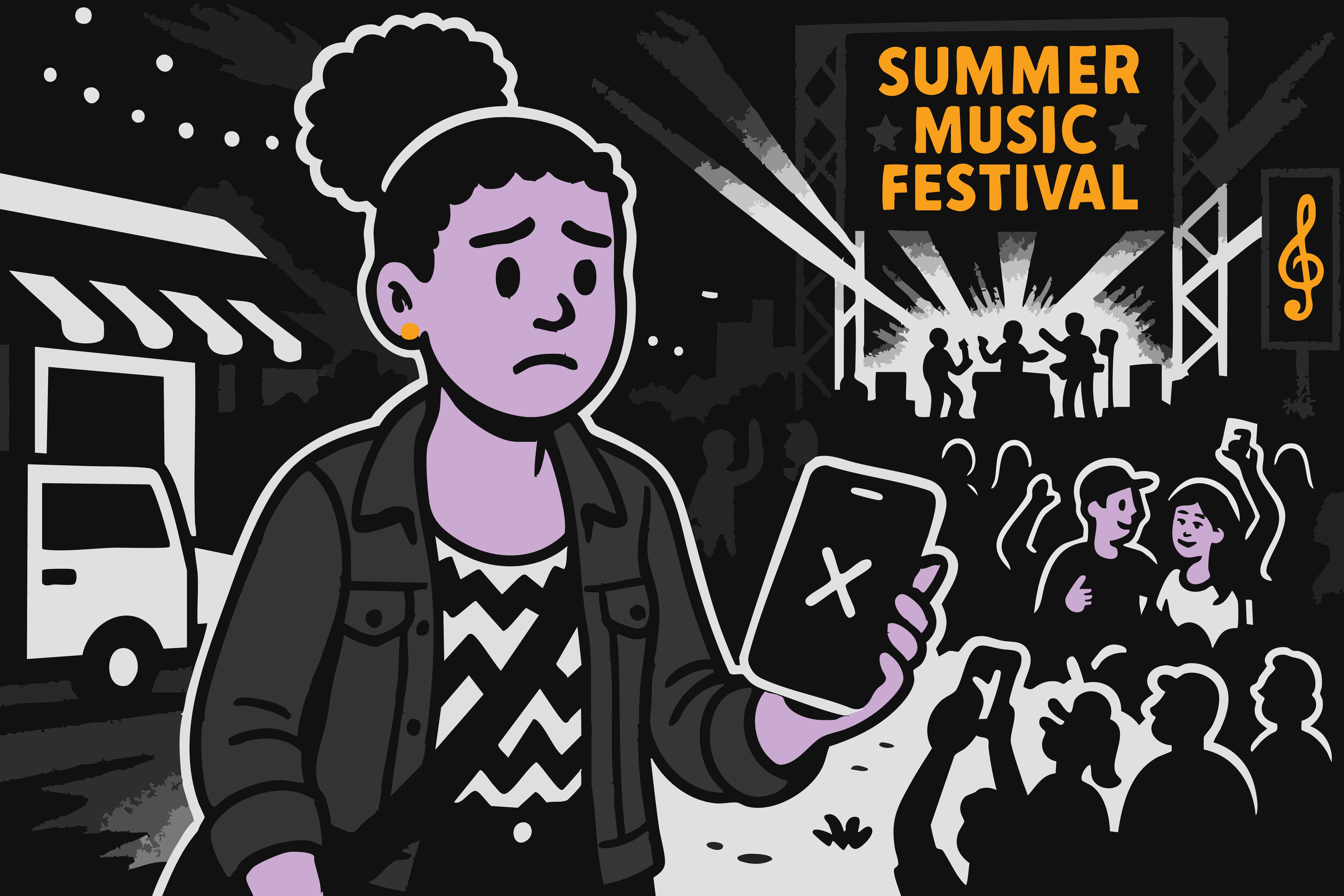
A power beacon can be any solution the students discover that provides renewable energy to individuals in need.
Power beacons could take the shape of:
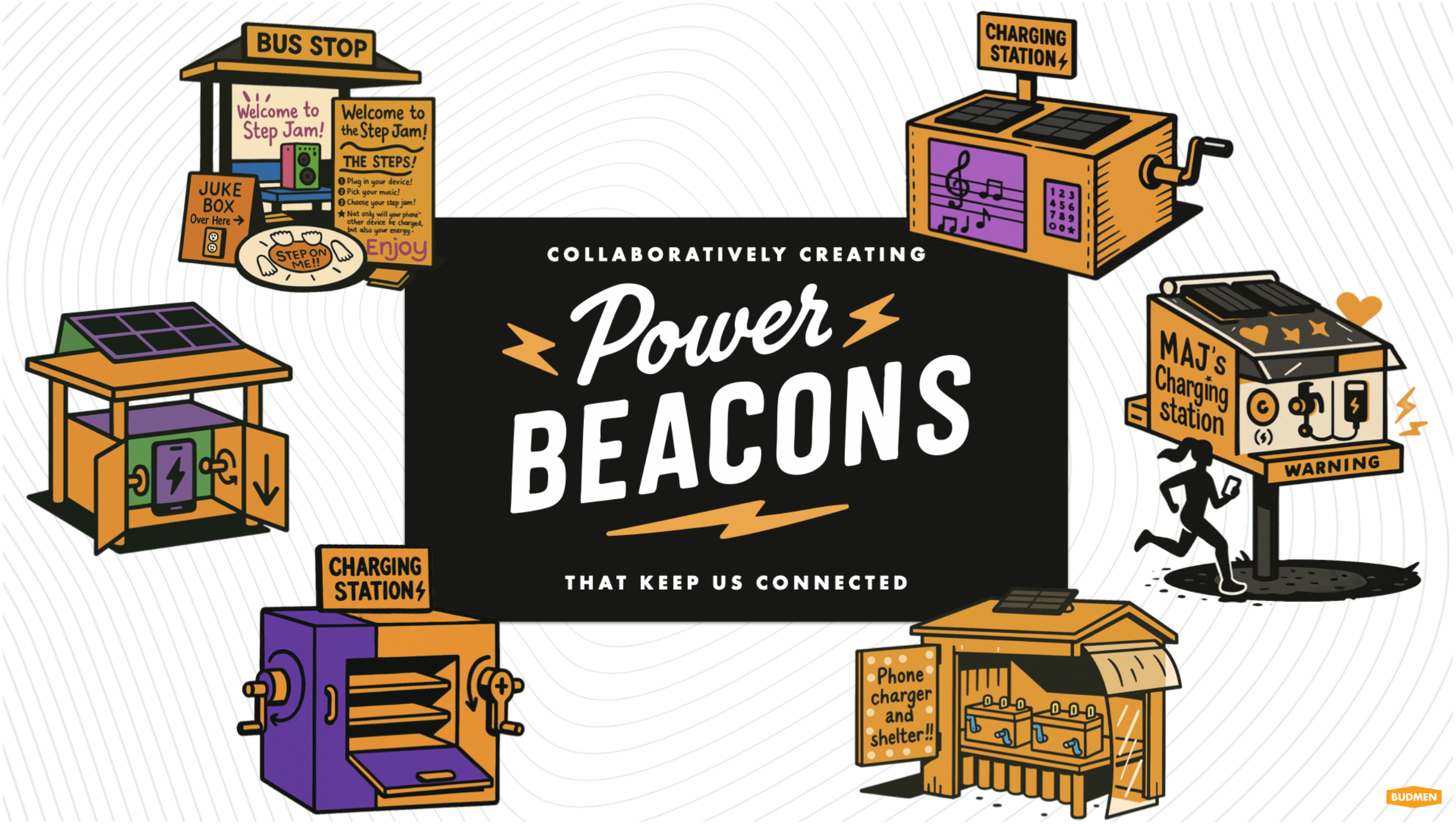
The form follows the need. The students discover what's needed.
One example: a group of high school students identified their scenario:
They were at a bus stop during winter. Their phones died.
But the problem didn't just affect them. They identified that many different people use that bus stop. And during a snowstorm, being unable to call for help could be life-threatening.
Their solution: a flat, circular power beacon, on the ground, powered by piezoelectric technology.
Anybody at that bus stop could step on the Power Beacon and charge their phone. For free. The more someone stepped on it, the warmer they got, and the more it powered their phones. Their solution: accessibility, safety, and powered by renewable energy.
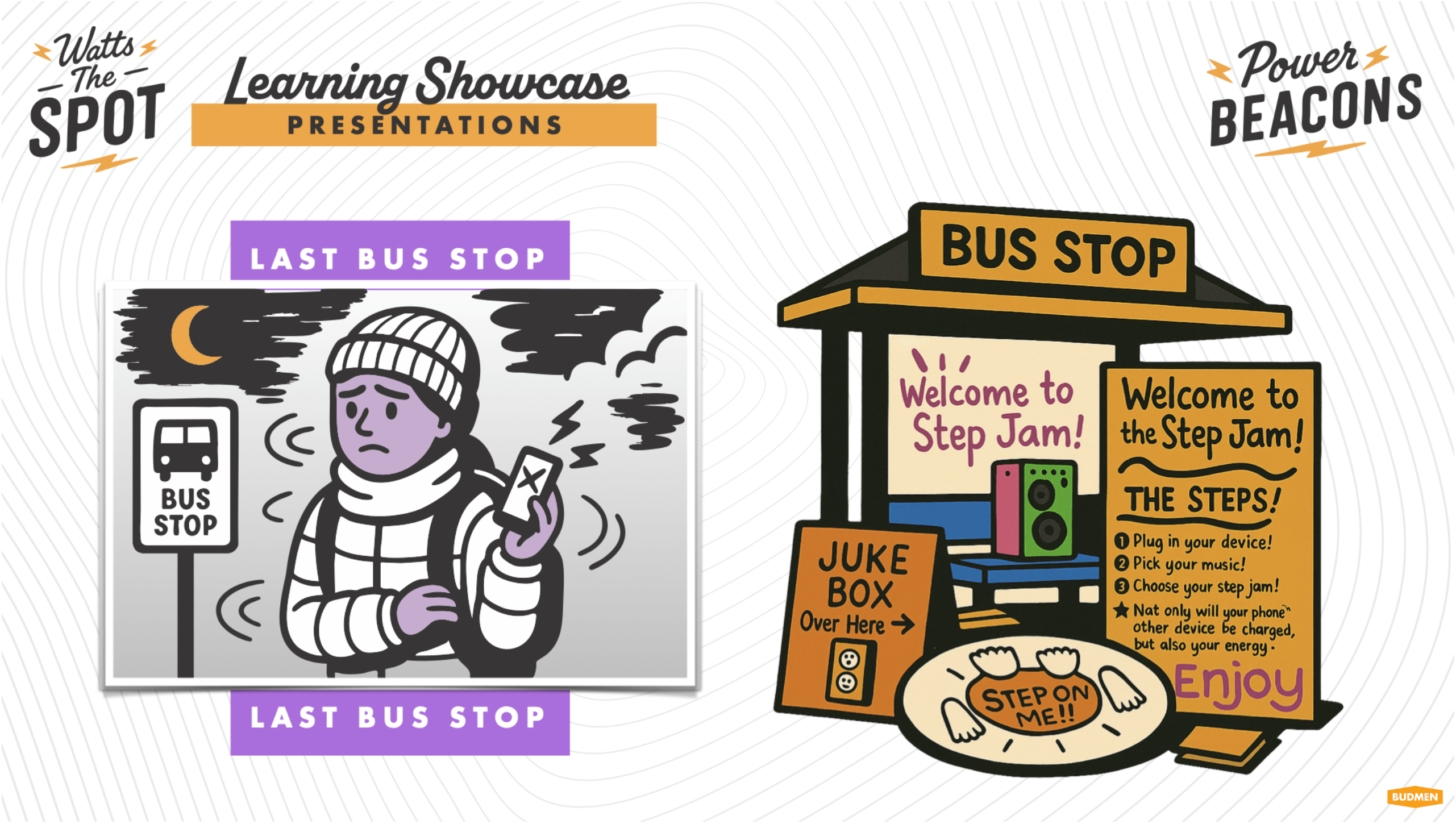
Free power. For safety. When it matters most.
Students discovered that power isn't just about convenience. It's about safety. It's about equity. It's about community.
Students created functional power beacon prototypes addressing real community safety gaps, from bus stop charging stations to trail safety systems. The program successfully engaged students in renewable energy technology and community-centered problem solving.
What happens when students become stakeholders in solving their own community's problems?